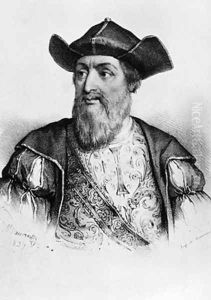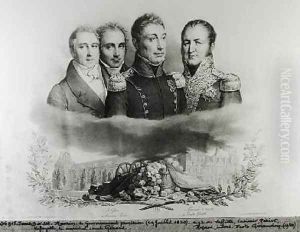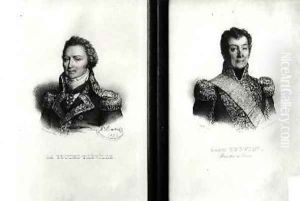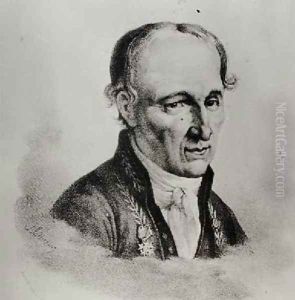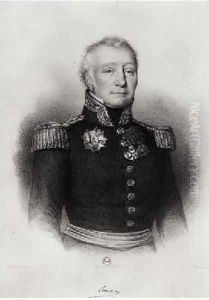Antoine Maurin Paintings
Antoine Maurin, whose full name is Antoine Maurin dit l'aîné, was a French artist born on December 26, 1793, in Montpellier. He was primarily known for his work as a lithographer and engraver, but he also painted. During his career, Maurin became celebrated for his portraits, which captured the likenesses of many significant figures of his time, including politicians, artists, and members of the aristocracy. His works are characterized by their detailed representation and the subtle play of light and shadow.
Maurin's early years were spent in the south of France, but he later moved to Paris to further his career in the arts. He lived through a dynamic period in French history that saw the end of the Napoleonic era, the Bourbon Restoration, and the revolution of 1830. These events provided a wealth of subjects for artists and engravers, and Maurin took full advantage of this in his work. He produced a large number of portraits, particularly of French military leaders, which were in high demand at the time, as the public was keen on images of their national heroes.
He worked extensively in lithography, a relatively new printmaking technique at the time, which allowed for more freedom of line and a greater ability to capture the character and expression of the sitter than traditional engraving. Maurin was part of the generation that helped to popularize this medium in France. His portraits often included elaborate backgrounds and details that reflected the status and personality of the sitters.
Throughout his career, Maurin exhibited his work at the Salon, the official art exhibition of the Académie des Beaux-Arts in Paris. His lithographs and paintings were widely disseminated, contributing to his reputation as a leading portraitist of his day. Despite his success, there is relatively little biographical information available about his personal life, which is often the case with artists who were prolific but did not necessarily achieve lasting fame beyond their own era.
Antoine Maurin died in 1860, leaving behind a significant body of work that provides insight into the faces and fashions of French society during a turbulent period of its history. His portraits are not only artistic achievements but also valuable historical documents that continue to inform our understanding of the period in which he lived and worked.
